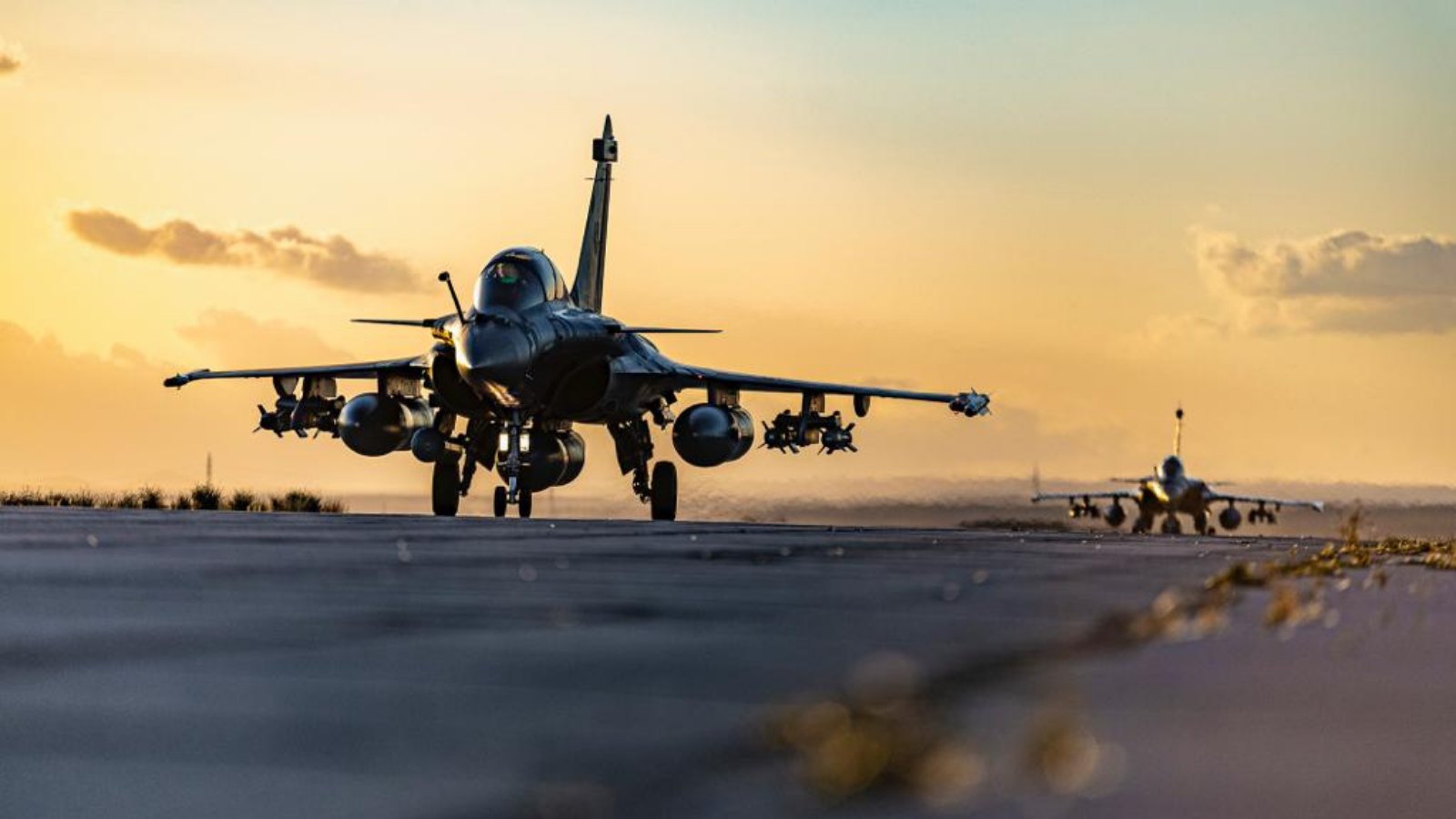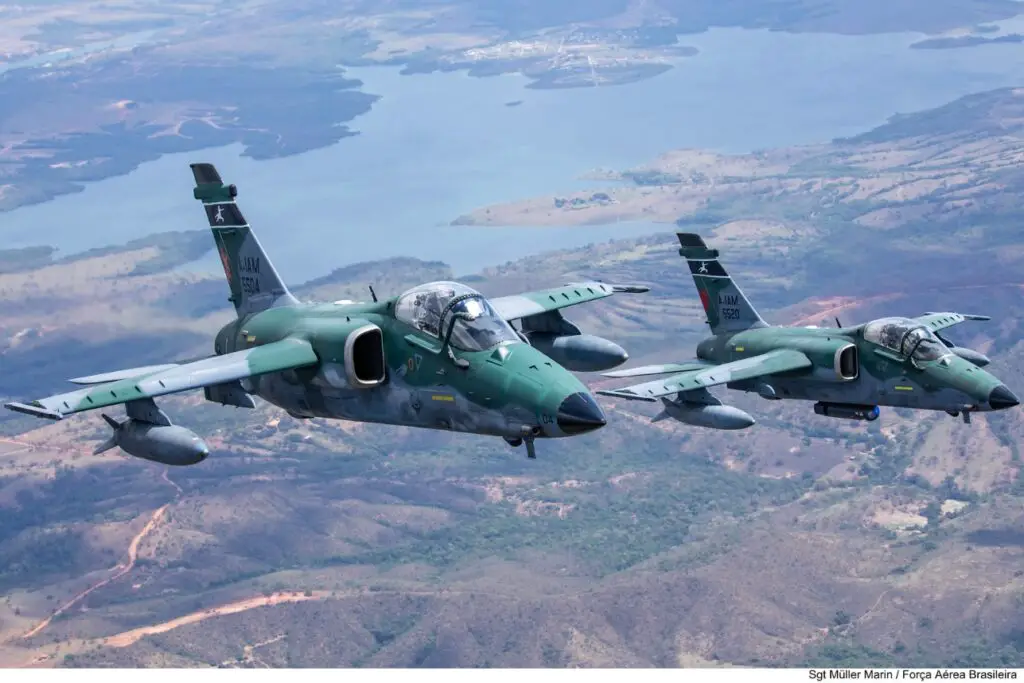G20 Summit: France will offer Brazil 24 Rafale fighters to replace the AMX. Is it a good option?
France will once again offer Brazil the Dassault Rafale fighter jet, this time as a replacement for the AMX light fighters during the next G20 summit, to be held on November 18 and 19 in Rio de Janeiro. According to Brazilian journalist Claudio Dantas, French President Emmanuel Macron will propose a large armament package for the Brazilian Army, Air Force and Navy in his meeting with the Brazilian president.
Paris will propose the sale of 50 Airbus H145 helicopters, which could represent a significant workload for Helibras, the Brazilian subsidiary of Airbus Helicopters. In addition, 36 Caesar 155 mm self-propelled howitzers, an additional Scorpene submarine and 24 Rafale fighters will be included.

It is worth remembering that before opting for the Gripen as the new fighter aircraft for the Brazilian Air Force (FAB), Lula and Sarkozy had agreed on the purchase of the Dassault Rafale. This French aircraft offered clear advantages in terms of payload capacity and range, fundamental aspects for regional power projection and the defense of Brazil’s vast airspace. However, controversies in the bidding process (which had begun in 2001) led to a further postponement, and finally at the end of 2013, during Dilma Rousseff’s administration, the Swedish proposal was chosen. The main reasons for the victory of the Gripen E/F were lower maintenance and operating costs, as well as very favorable technology transfer conditions.
Does the Rafale make any sense as a replacement for Brazil’s AMX?
The AMX subsonic light ground attack aircraft is the result of an Italian-Brazilian collaboration, jointly built by the AMX International joint venture. Its first flight took place on May 15, 1984, and the first operational A-1A (the FAB designation for the single-seat variant of the AMX, while the two-seat is called A-1B) was officially inducted in October 1989. Since then, the AMX has played a pivotal role as the Brazilian Air Force’s primary strike, interdiction and air support asset.
After decades of loyal service, the AMX is approaching the end of its operational career. The Italian Air Force retired its last unit in April this year, and it is now up to the FAB to find a suitable replacement.

It is clear that the F-39 Gripen (Brazilian designation) is capable of performing all the missions currently assigned to the small subsonic fighter. Considering that the FAB plans to acquire more batches to reach around 70 units, the French medium fighter proposal might seem overkill. However, the Rafale’s long range, powerful offensive capability and extensive survivability capabilities could provide Brazil with new levels of air deterrence, thus complementing the FAB’s combat strategy with a “High-Low” configuration.
The increasing degradation of the global security situation and the renewal of fighter fleets in several South American countries could lead Brasilia to reinforce the deterrent role of its Air Force, aiming to maintain its regional supremacy. In this context, the Rafale could play a key role.

/https://aviacionlinecdn.eleco.com.ar/media/2024/08/Rafale-AAE-113-Aquitaine.jpg)
Para comentar, debés estar registradoPor favor, iniciá sesión